Recognize everyday behaviors that can make travelers easy targets for pickpockets and thieves.
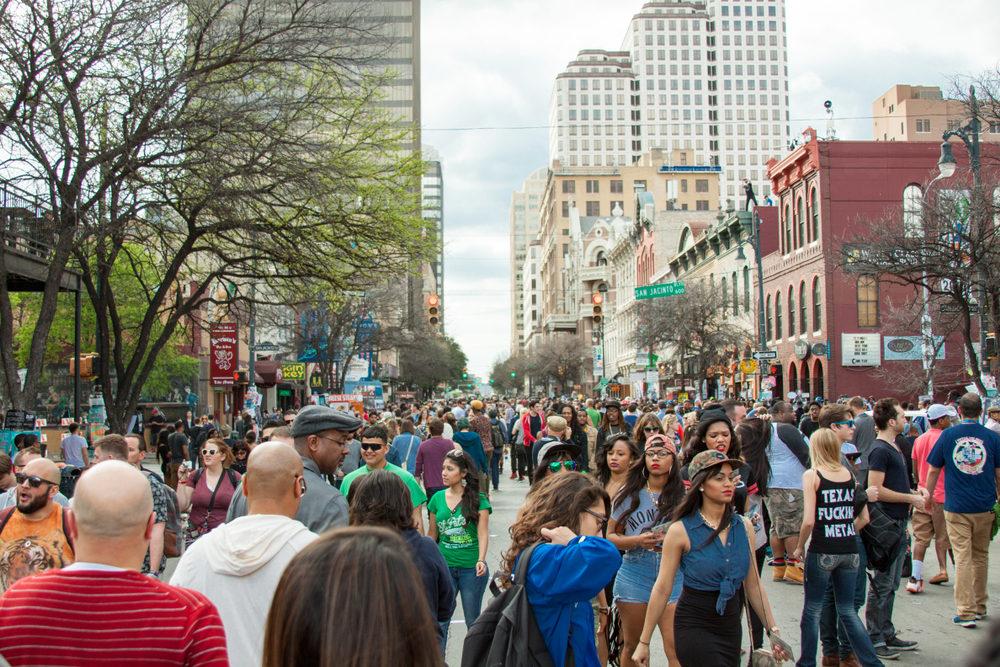
Travelers often unknowingly expose themselves to theft by engaging in common habits that draw unwanted attention. From visibly carrying valuables to being distracted by smartphones, these behaviors create opportunities for criminals who watch for easy marks. By becoming aware of these risks and adjusting how you handle personal belongings and interact in public spaces, you can reduce the chances of theft and enjoy a safer, more secure travel experience.
1. Carrying valuables visibly and tempting pickpockets.

Tourists carrying valuables openly can attract the attention of pickpockets. An unzipped backpack displaying a camera or a wallet can create an easy target in bustling areas. Pickpockets, always on the lookout for opportunities, can expertly relieve distracted travelers of their belongings.
Tourist destinations with crowded streets amplify this risk, as noise and movement can further obscure small crimes, as mentioned by VegOut. Consider the relief of an experienced traveler who, after meticulously securing items, enjoys museum tours without the anxiety of potential theft.
2. Using smartphones openly while walking busy streets.

When tourists use smartphones openly on crowded streets, they risk theft. This habitual distraction can make individuals targets, unaware of their surroundings. Focused on screens, they might miss subtle cues of approaching trouble, providing thieves an easy opportunity to snatch devices.
Street performers and bustling markets can add layers of distraction, heightening this risk. In contrast, a savvy local might tuck away their phone amid the lively chaos, allowing them to enjoy the atmosphere fully without concern, as stated by ABC News.
3. Leaving bags unattended or hanging loosely from chairs.
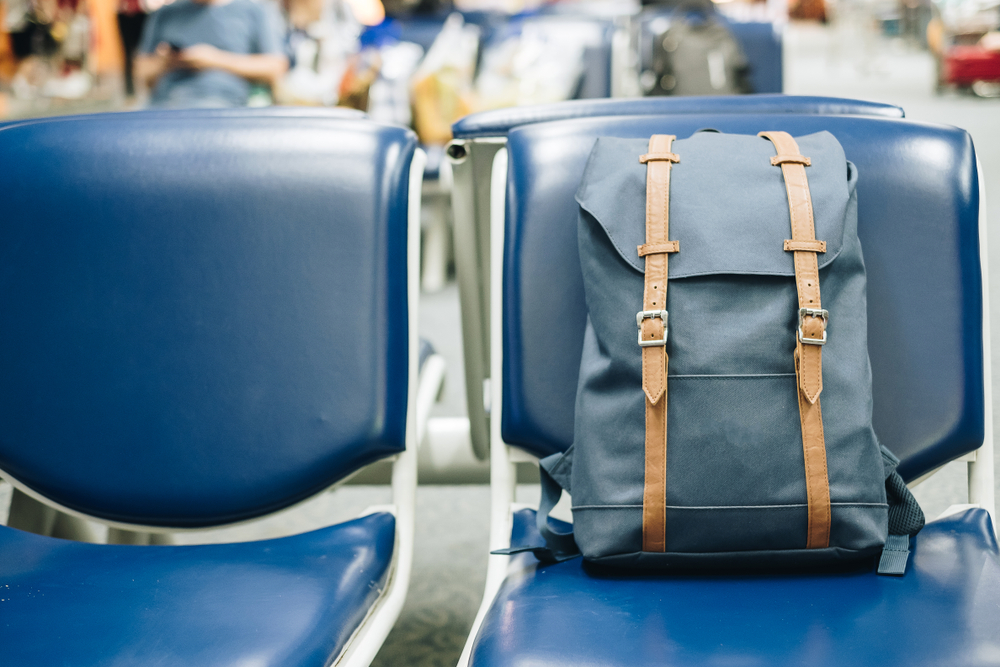
Leaving bags unattended, whether on the sandy chair of a beach café or dangling loosely behind, exposes travelers to theft risks. It’s common for a thief to take advantage of these moments of neglect, swiftly removing belongings before anyone notices.
A bustling café can be both relaxing and risky, as reported by Worldpackers. While sipping coffee, a traveler might glance around, noting others wisely keeping bags securely held or placed visibly on their lap.
4. Flashing large amounts of cash in public areas.
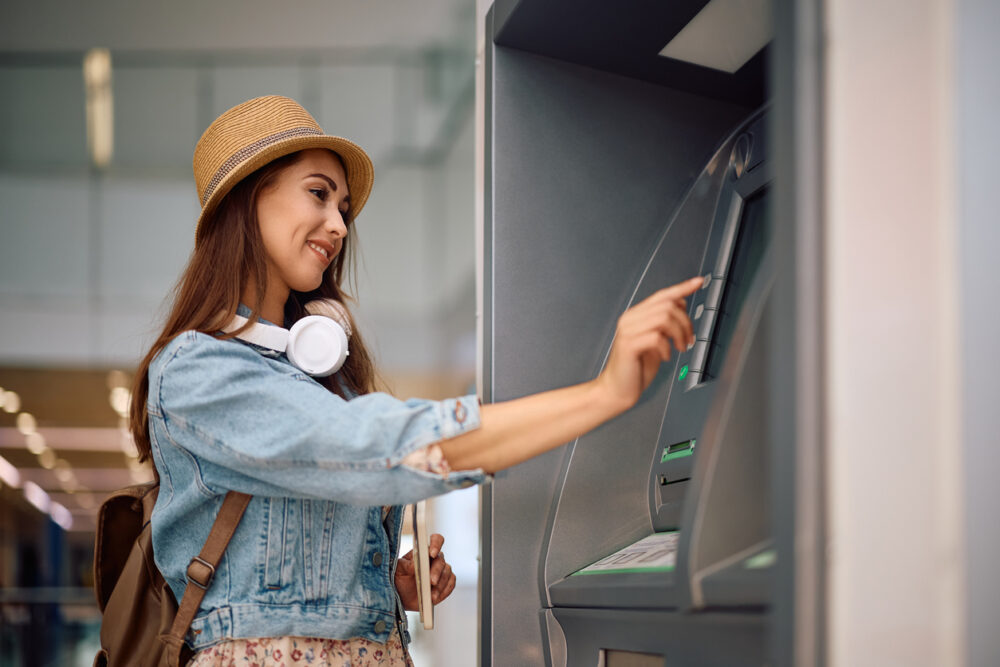
Flashing large amounts of cash tends to draw unwanted attention in public settings. Thieves quickly spot tourists counting bills or showcasing currency, using this as a cue to strike when vigilance drops. This open display significantly raises the risk of theft.
Observing a smooth local transaction in the lively market, where cards are subtly handled, presents a sharp contrast. This quiet exchange remains unnoticed amid the buzz, keeping potential pickpockets at bay and ensuring a peaceful shopping experience.
5. Trusting strangers who offer unsolicited help immediately.
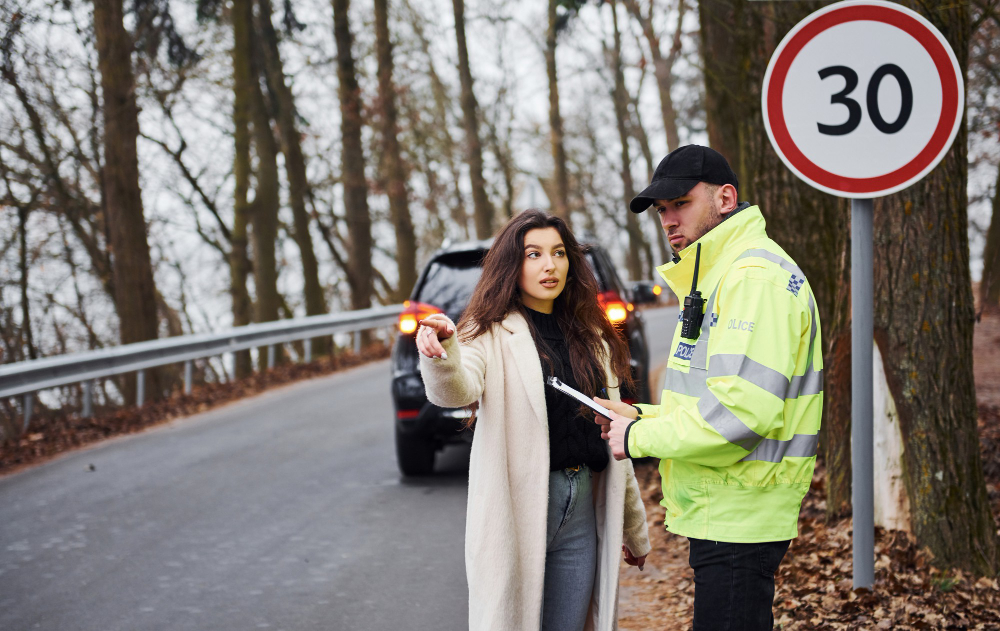
Accepting seemingly innocent help from strangers may entice tourists into dangerous situations. Trusting new acquaintances too readily can lead to scams or theft, as not all offers have pure intentions. It’s a common tactic employed by those looking for a quick gain.
A snug sidewalk in a quaint village might see a weary visitor politely declining unsolicited help, opting instead to consult a friendly shopkeeper for advice, keeping interactions controlled and safe.
6. Failing to secure hotel room doors and windows nightly.
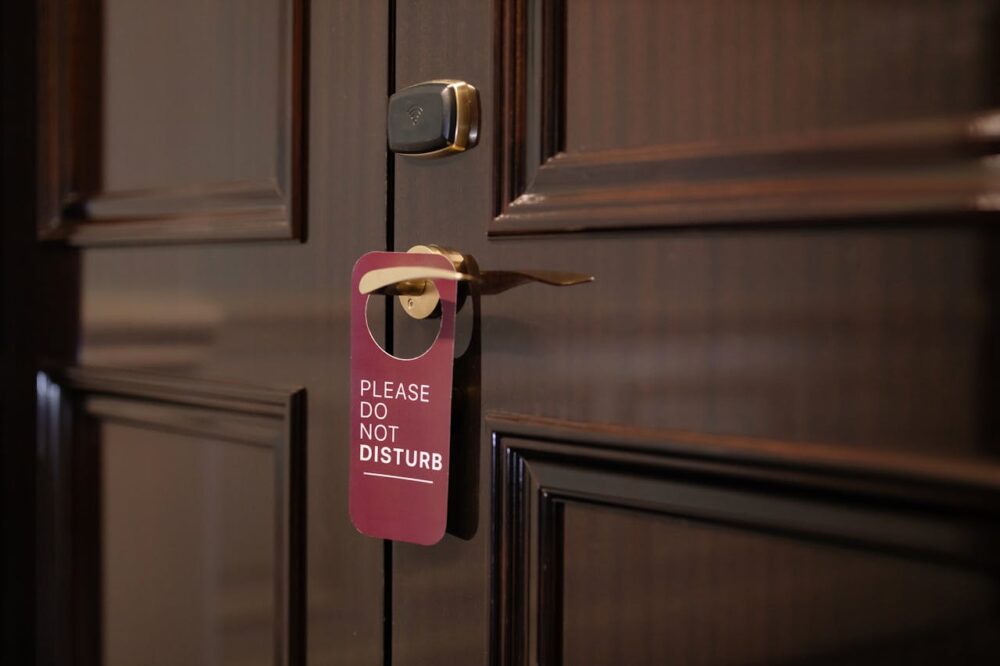
Neglecting nightly security routines while at hotels can invite unwanted access. Failing to lock doors or windows may offer easy entry to would-be thieves, often leading to loss or vandalism. Securing these points is essential for any overnight lodging.
Even at a charming bed-and-breakfast, noting a seasoned traveler carefully checking locks before retiring can underscore the importance of vigilance. Peace of mind accompanies responsible security practices, allowing sleep to come easily.
7. Displaying expensive jewelry or watches during casual outings.
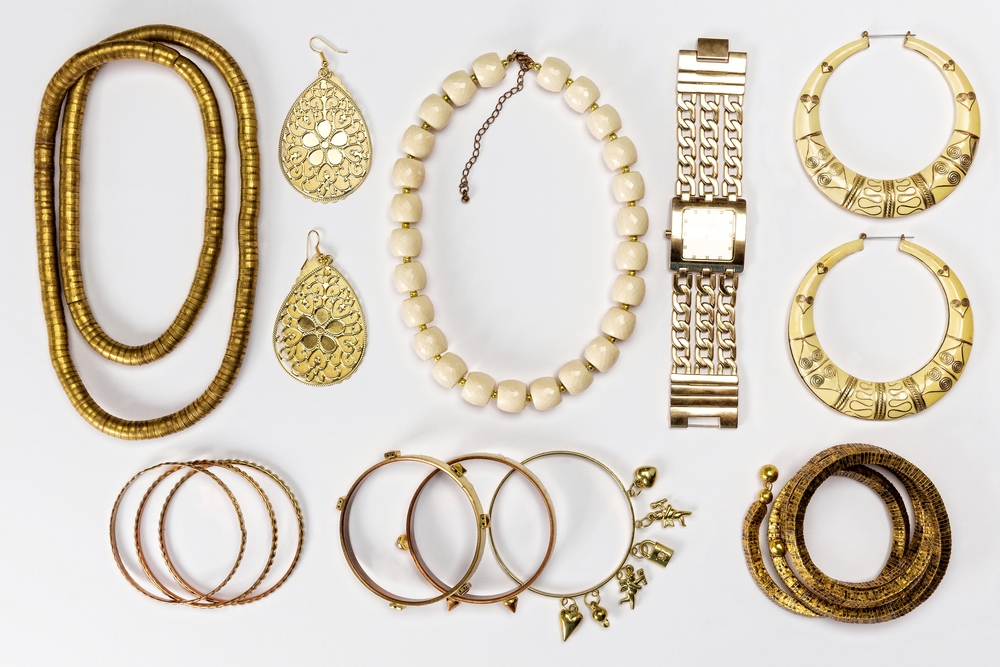
Casual displays of expensive jewelry can turn quiet outings into potential targets for theft. Gleaming watches and necklaces catch light—and the eyes of opportunistic criminals. In low-key settings, such displays are unnecessary risks that can prompt uninvited attention.
Dining at a roadside bistro in the soft glow of early evening, the noticeable absence of extravagant accessories hints at an unspoken rule among experienced travelers—to cherish subtle personal style and safety.
8. Not paying attention to surroundings in crowded places.
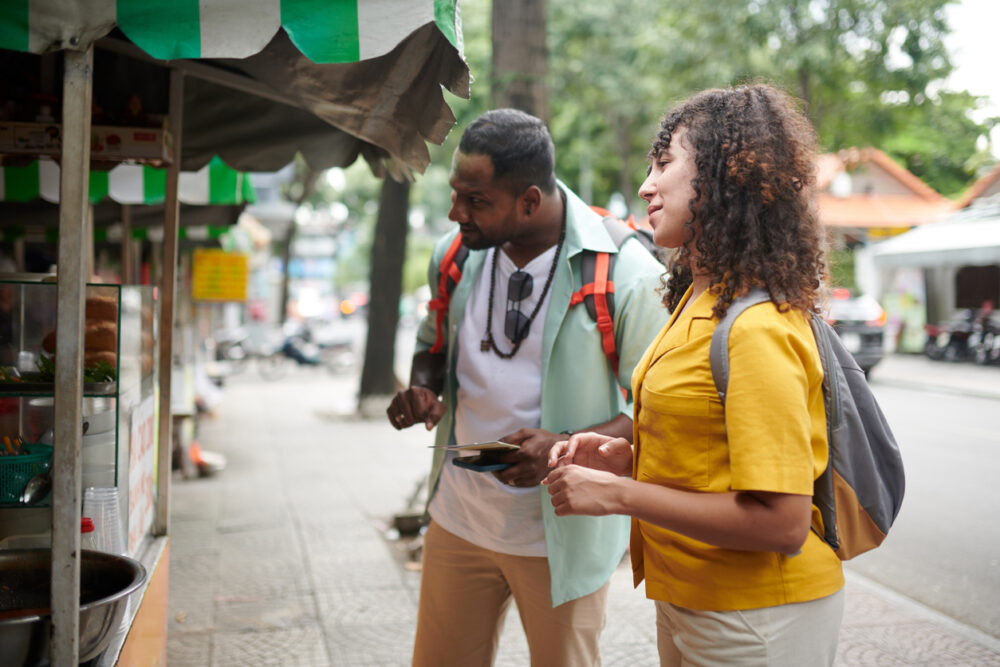
Lack of attention in crowded settings increases vulnerability to theft. Busy environments filled with noise and movement can easily divert focus, allowing thieves to operate unnoticed. Maintaining awareness in these spaces is crucial to personal security.
Picture a vibrant street festival where locals deftly maneuver, eyeing each other and the energy around. Meanwhile, tourists engrossed in the festivities might lose track of a nearby suspicious figure, missing vital cues that protect against theft.
9. Accepting drinks or food from unknown individuals.
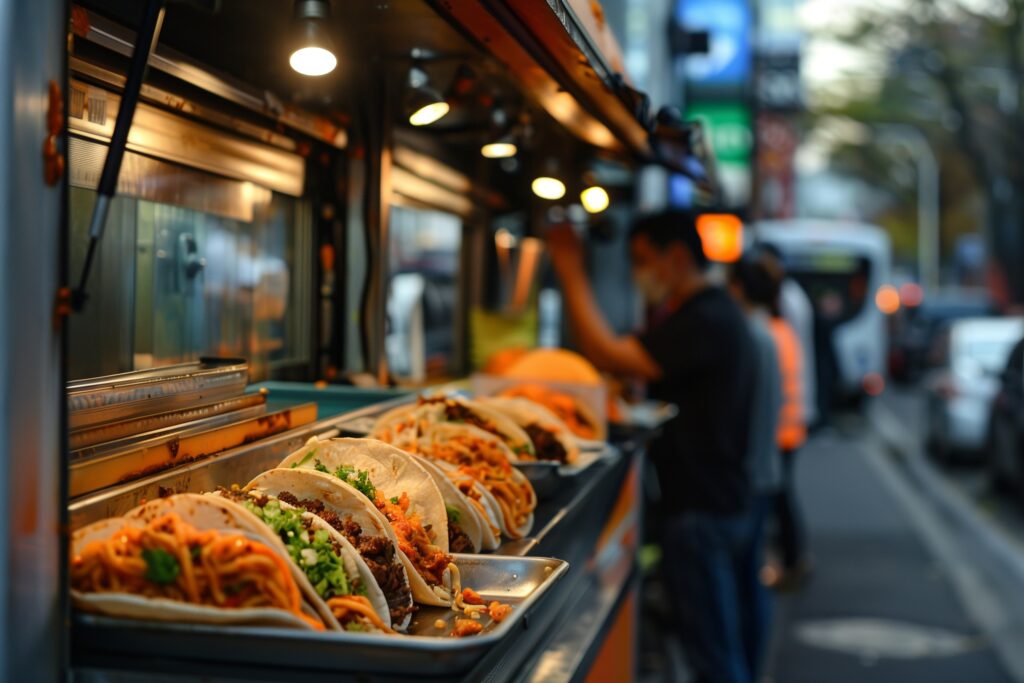
Accepting food or drinks from unknown sources can lead to dangerous situations. Spiked items or hidden motives may lurk beneath innocent offers, jeopardizing health and safety. Strangers with ill intentions may exploit moments of trust at popular gathering spots.
In a cozy tavern, a seasoned traveler might politely refuse a curious stranger’s offer, choosing instead to engage in animated conversation with the amiable bartender. This conscious choice fosters security while still enjoying earthly camaraderie.
10. Walking alone late at night in poorly lit areas.
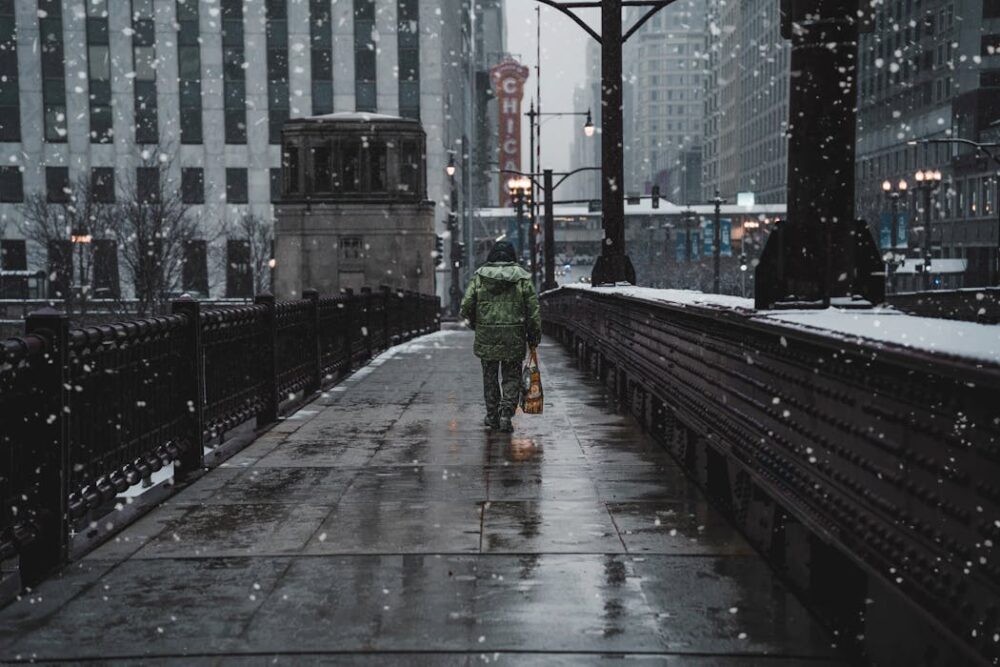
Travelers walking alone in poorly lit areas risk their personal safety. Darkened paths and unfamiliar surroundings may harbor unseen threats, leaving individuals exposed to potential harm. Ensuring well-lit, populated routes offers greater security during nighttime strolls.
A leisurely evening wander transforms along a bright avenue bustling with life, where seasoned travelers feel more secure among the streetlights and friendly passersby. For them, this smart route brings comfort and a sense of belonging.
11. Broadcasting travel plans loudly in public settings.

Publicly broadcasting travel plans can inadvertently alert thieves to opportunities. Discussions about vacant hotels or open schedules can invite interest from those looking to exploit such info. Many overlook this risk amid casual conversations in communal settings.
At a lively hostel breakfast, seasoned backpackers share stories without revealing specifics, opting to discuss past journeys rather than future stops. In this way, they protect upcoming itineraries from the prying ears of opportunistic eavesdroppers.
